3D Bioprinter U-FAB ACTIVO
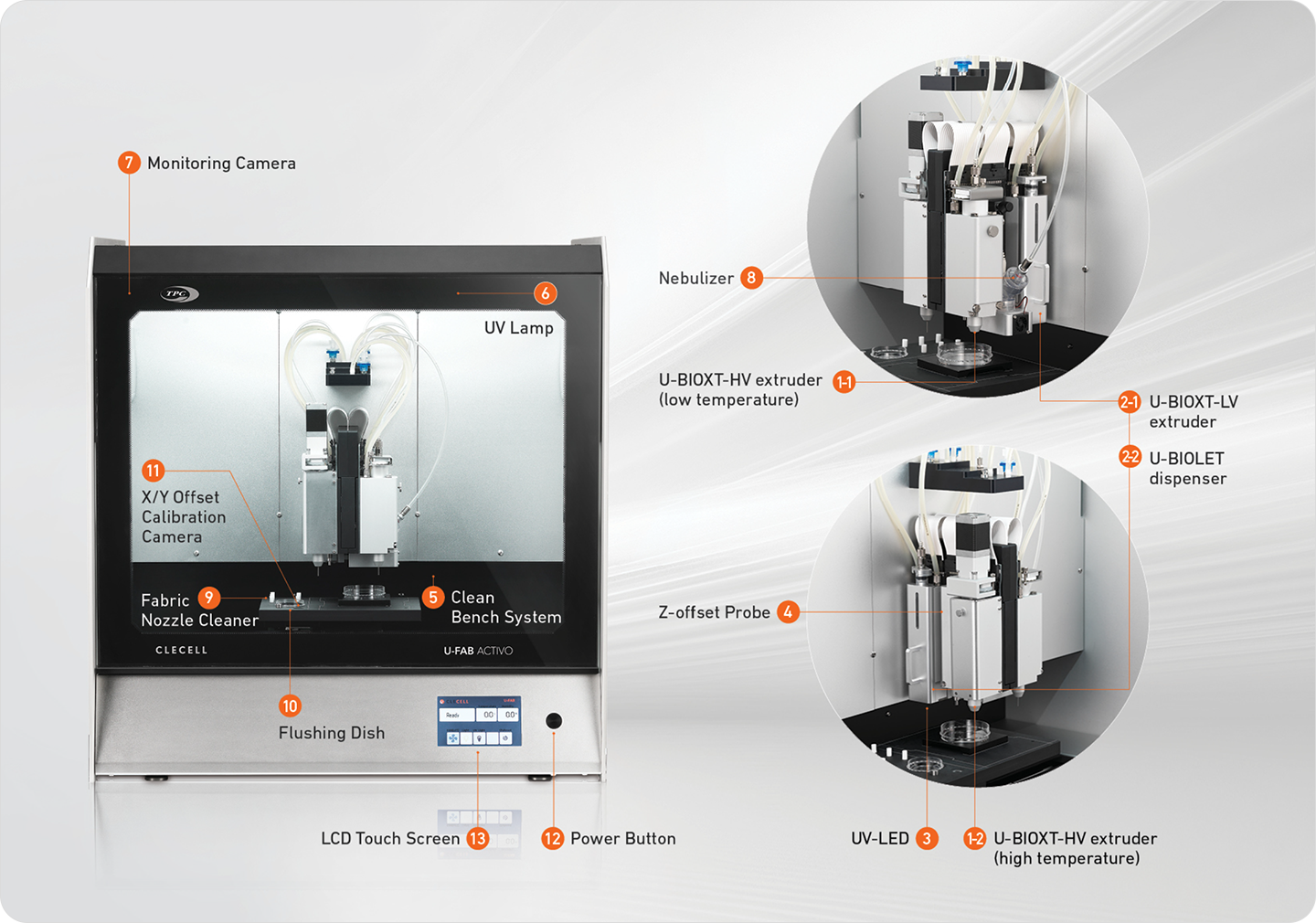
-
1-1U-BIOXT-HV extruder(low temperature): Channels that can extrude high-viscosity biomaterials
1-2U-BIOXT-HV extruder(high temperature): Channels that can extrude high viscosity biomaterials or polymers
Mechanical Extrude
An extrusion assisting device that can output high-viscosity biological substances, resulting in more stability than before -
2-1U-BIOXT-LV extruder: Channels that can extrude low to intermediate viscosity biomaterials
2-2U-BIOLET dispenser: Channel that can inject low-viscosity biomaterials per nanometer units
The U-BIOXT-LV extruder and U-BIOXT-HV
extruder are cross-linkable on low viscosity channels -
3UV-LED: A device capable of hardening UV-sensitive biomaterials
4Z-offset Probe: A sensor that can automatically adjust the height value of bioware
5Clean Bench System: A device that purifies the outside air through a HEPA filter and supplies it to the inside
6UV Lamp: UV-C type lamp that can disinfect the inside of the device before/after using the device
7Monitoring Camera: Monitoring camera that can monitor the output process
8Nebulizer: A device that can inject and coat biomaterial cross-linking substances
9Fabric Nozzle Cleaner: Fabric Nozzle Cleaner: A small filter that can automatically wipe the nozzle tip.
10 Flushing Dish: Injection table that discharges the residue remaining in the series
11X/Y offset calibration camera: Camera used to fine-tune the nozzle tip of each channel to the X and Y-axis
12Power Button: Power on/off switch
13LCD Touch Screen: LCD panel that allows basic operation of the current state of U-FAB ACTIVO and its equipment
U FAB ACTIVO Features
1. 3D lamination of low-viscosity biomaterials
(Droplet dispenser + Nebulizer)
-
 01
01Spray and coat each material using the Nebulizer
-
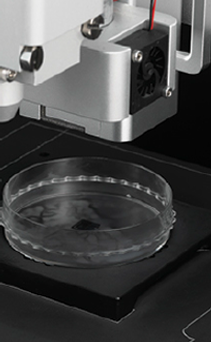 02
02Droplet method sprays biomaterial and cells onto the coated surface
-
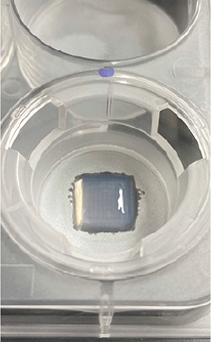 Result
ResultRepeating steps 1 and 2 results in precisionquality artificial tissue that i ncludes cells
- The U-Biolet dispenser can be used to inject low viscosity biomaterials i n spray mode
- A built-in Nebulizer can be used to form polymers in the form of microparticles (size: 4 µm) via pneumatically controlled pH-sensitive / chemical / enzymatic cross-linking
- Gradual curing by layered cross-linking facilitates 30 lamination of low viscosity materials
2. Independent 3D modeling on each layer
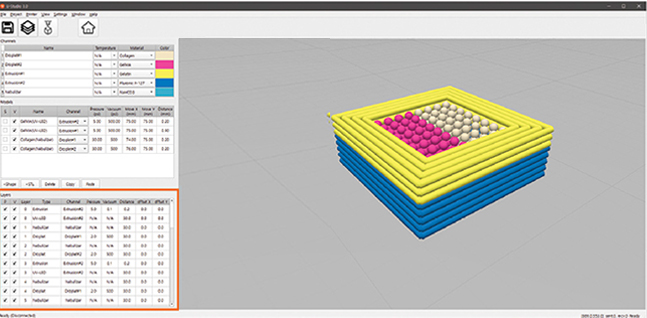
- Using the proprietary U-Studio software for U-FAB Activo, it is possible to adjust and edit each other layer’s injected material and structure. This allows for a wide variety of 3D models.
- U-Studio software allows for adjusting the output size up to a maximum height of 50mm.
- Using the built-in Bio Modeling Tool in U-Studio software, you can easily create 3D models of simple shapes such as circles, squares, rims, rings, and more. Additionally, you can import 3D data in STL format created with other 3D modeling tools into U-Studio for printing.
3. 4 Independent printing submodules
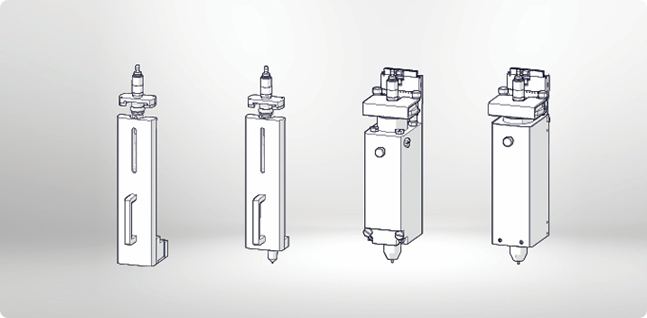
- Different Bioinks can be used for each of the four nozzles, and the temperature and pneumatic conditions can be set to suit each bioink
- Depending on the 30 modeling settings for each layered injected material and structure, the 4 nozzles can be activated in sequence. This allows the usage of different materials per layer, which can result in the upper and lower layers having different structures from each other.
- It is possible to output composite structures using hydrogel cells and polymer substances (PCL, PLGA, etc.)
4. UV-LED shutter
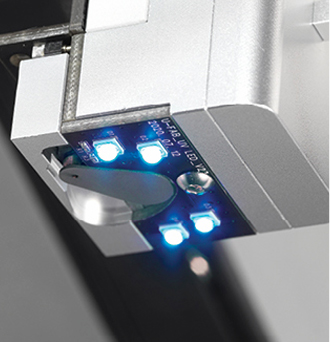
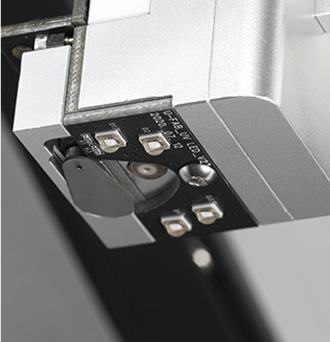
- The shutter can block material curing at the nozzle end, which can occur due to UV LED exposure during photocuring
- The shutter function allows you to perform more efficient photo-curing 30 printing
5. Cell homogenization
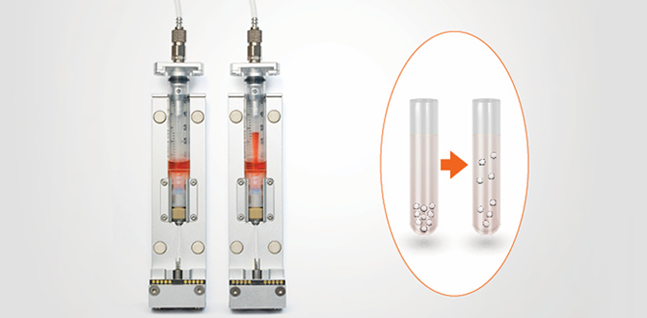
- Circulating the fluid mixture of cells and growth media within the syringe will prevent sedimentation at the bottom of the syringe. It will also maintain a consistent density at the top and bottom of the syringe
- By keeping the substance in the syringe in a more uniform state during 30 printing, a higher stability of output is realized
6. Automated nozzle-end sorting system & build-plate leveling
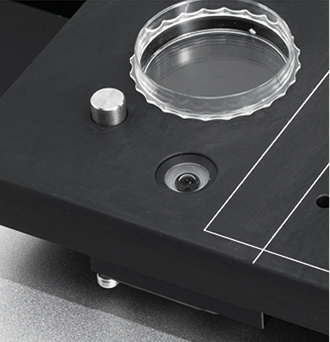
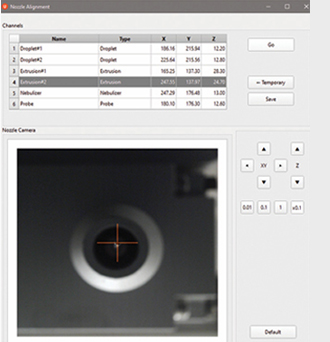
- By automatically recognizing the surface height value of bioware and fine-tuning the X / Y coordinates between the nozzles used for output, highly stable extrusion 30 Printing can be achieved
7. Nozzle clean system

- Fabric nozzle cleaner makes it easy to remove residual matter and foreign materials in the nozzle
- The flushing dish (35mm) makes it easy to clean syringes and valves, and maintains optimal output conditions
Configuration
| Modules |
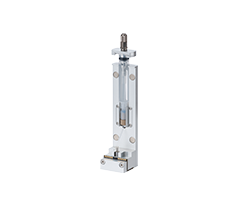
U-BIOLET dispenser |
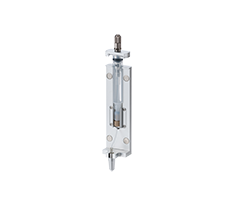
U-BIOXT-LV extruder |
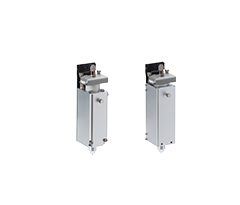
U-BIOXT-HV extruder |
|---|---|---|---|
| Features |
- A droplet dispensing module for printing low-viscosity biomaterials - Offers simultaneous 6-submodule printing |
- An extrusion-based dispensing module for printing low-/intermediate-viscosity biomaterials - Offers Simultaneous 6-submodule printing |
- An extrusion-based dispensing module for printing high-viscosity biomaterials and filaments |
Specifications
| 3D Modeling / Editing Type | 3D data(STL file format) / Layer-based 2D editing |
|---|---|
| Interface | PC (Windows 10/11) |
| Camera | Full HD (1920x1080) |
| Linear actuation | High Precision linear robot |
| Bulid Volume | 150(W) x 150(D) x 50(H) mm |
| Weight | 100kg |
| Size | 662(W) x 637(D) x 730(H) mm |
| Print Speed | Up to 50mm/s |
| Max.pneumatic Pressure | 8bar |







